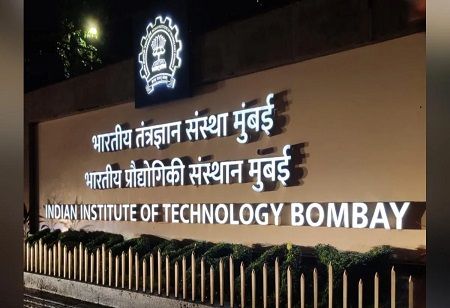Under the initiative by the Department of Science & Technology (DST), known as PAIR (Partnerships for Accelerated Innovation and Research) initiative, research and development abilities in higher educational institutions will receive a boost to 31 institutions across India; among these includes the Indian Institute of Technology Bombay (IIT-B) from Maharashtra and the Indian Institute of Science Education and Research (IISER), Pune also from Maharashtra. This initiative seeks to promote innovation and enhance the R&D infrastructure in academic institutions across the country.
These hub institutes, which will play the role of a mentor, will now select three to seven Spoke institutes by January 31. According to Abhay Karandikar, secretary of DST, government of India, the hub institutes will be paid 100 crore per year by the central government, of which they are mandated to transfer 70% to the spoke institutes.
Additionally, in a major announcement for researchers carrying out R&D works in basic science, Karandikar informed that the central government will soon launch an initiative to support them.
"The Anusandhan National Research Foundation (ANRF) will soon launch an Advanced Research Grant (ARG) to support R&D by faculty and scientists", he said, clarifying that the initiative will not be extended to Doctor of Philosophy (PhD) students.
As part of the initiative, researchers will get Rs 2 to 5 crore from the government in their zero balance account. The amount needed will be disbursed as and when the need arises.
Talking about the Hub and Spoke model, Karandikar said, “the aim is to enhance the quality of research in all the central and state public universities with limited research capabilities. The Hub institutes will felicitate this with their mentorship and support to the Spoke institutes.
They will collaborate with and guide the Spoke institutes in their research. They can also co-supervise the PhD students of their selected Spoke institutes. We want all the central and state public universities to carry out research works that are published in index journals as well as the high profile journals of all the 31 publishers", he said.
The ANRF has allocated a fund of Rs 13,500 crores for a period of five years. “But if the output is good, the government will increase the funding”, said Karndikar.
Asked what will be the success matrix for the Hub and Spoke model, he said that the basic parameter will be the improvement in research quality. "What kind of research was being carried out till last year and how it improved in the year after they joined the Hub and Spoke model will be one of the ways we will know if the model has been successful or not. Additionally, the coming up of new labs and the number of research papers getting patented will also be a matrix to gauge the success of the model", he said. "All universities should carry out great research and then we should not be needing a Hub and Spoke model", he added.
The 31 institutes identified to be the Hub universities included top 25 ranked institutions in the National Institutional Ranking Framework (NIRF) rankings, and six Institutes of Eminence (IoEs) which ranked below 50 in the NIRF rankings.
Now, the Hub universities will select three to seven Spoke institutes who are ranked below 200 in the NIRF ranking. “But out of a maximum seven, they will have to select one ranked outside the top 200 and one from outside their own state”, said Karandikar, adding that going forward, the NIRF rankings will not be the only criterion to select Hub and Spoke institutes.

